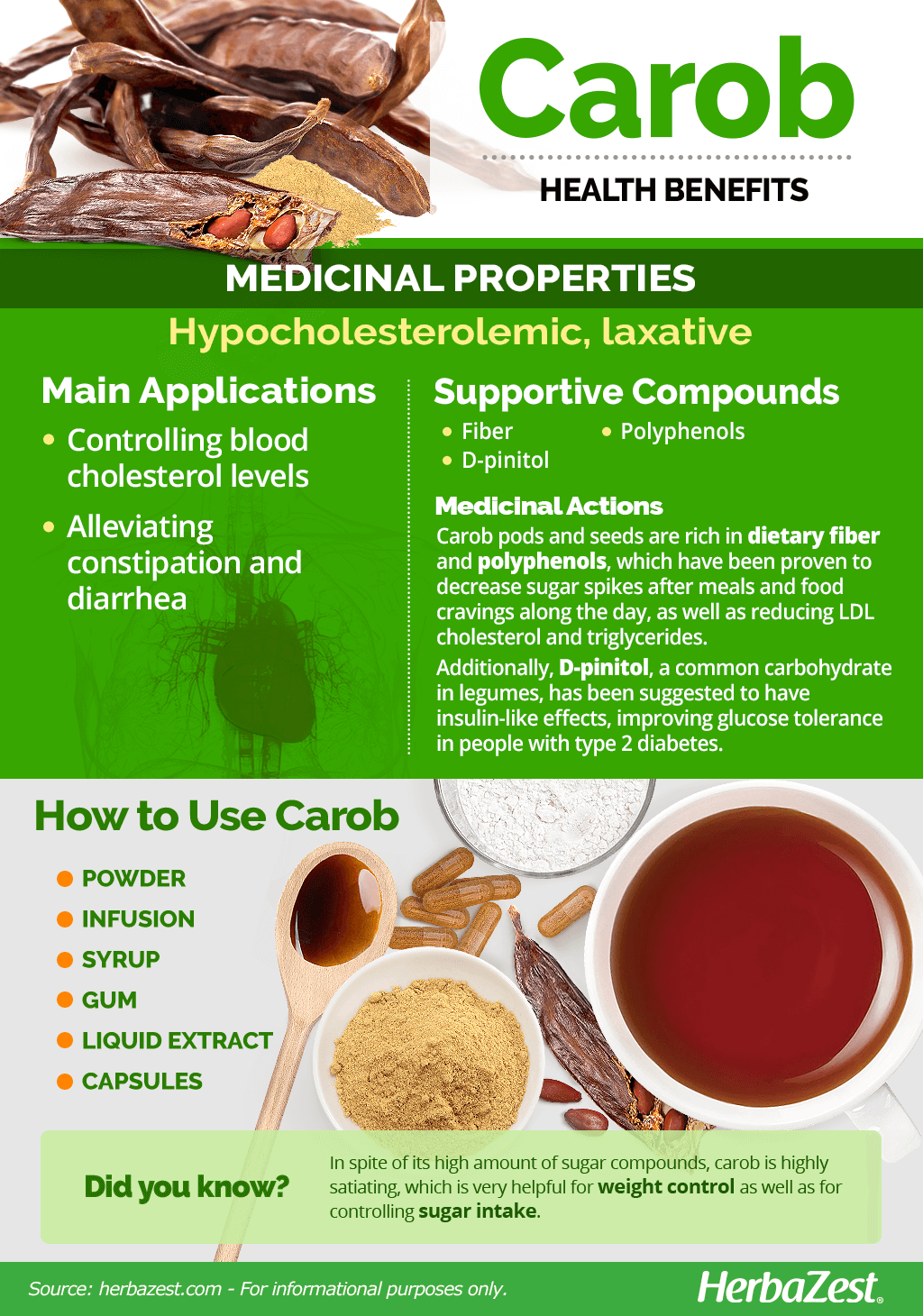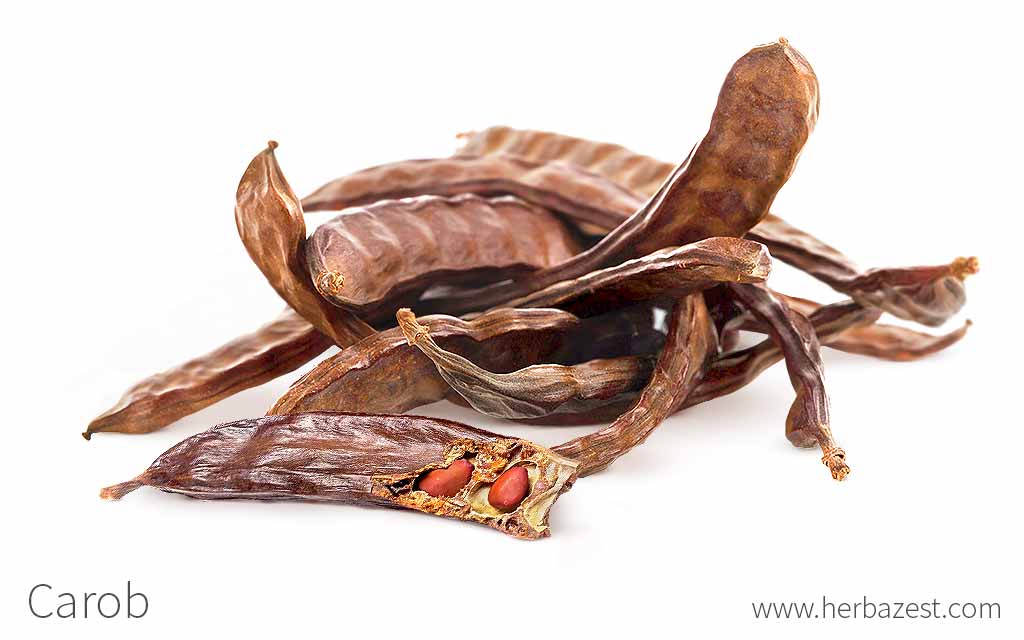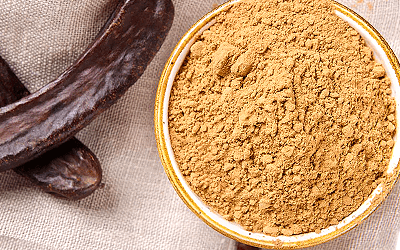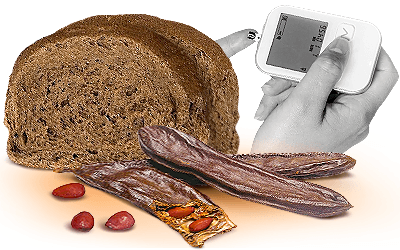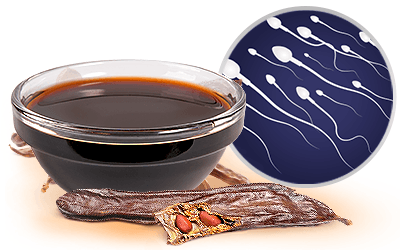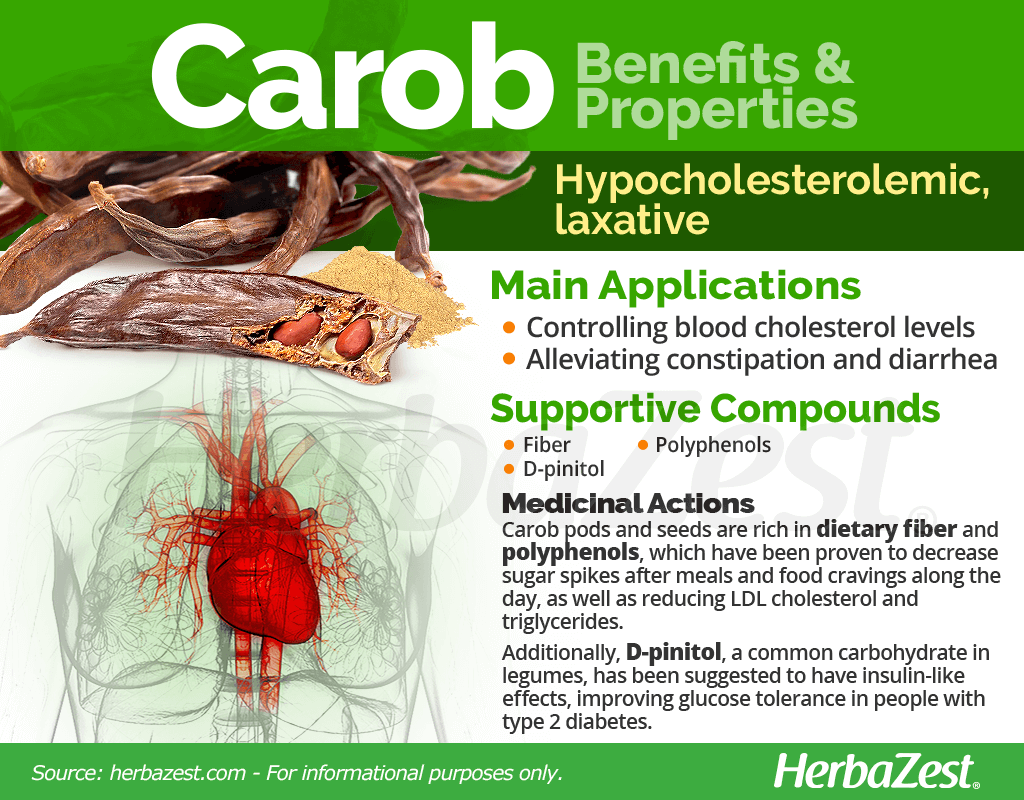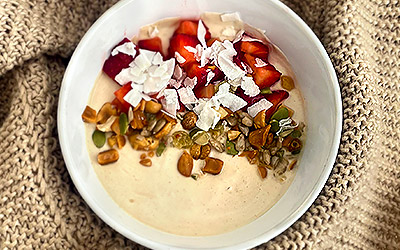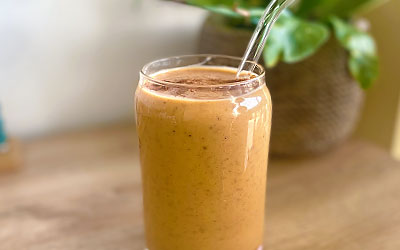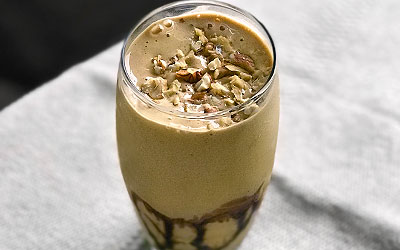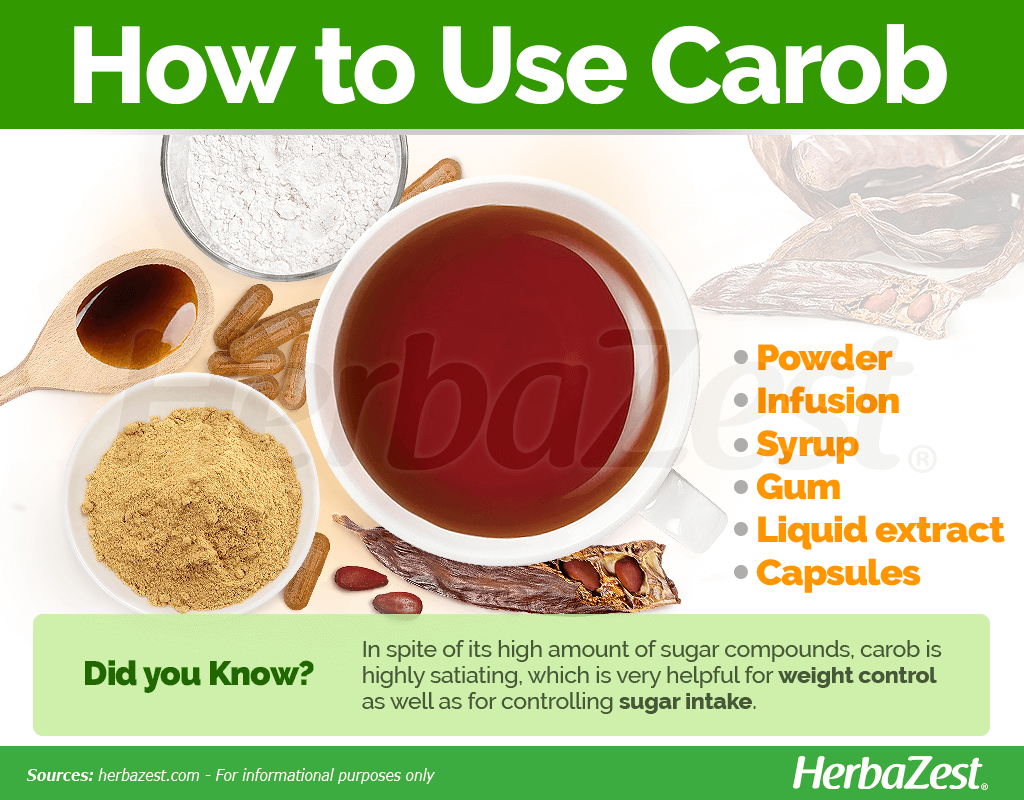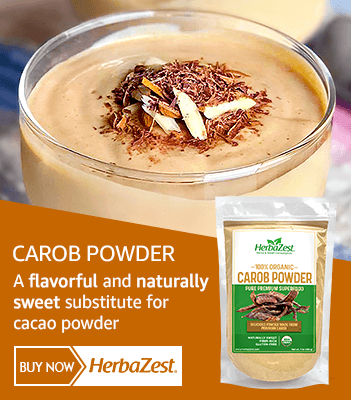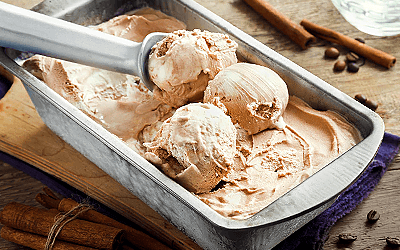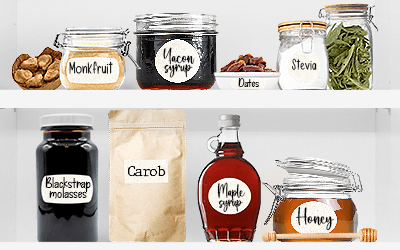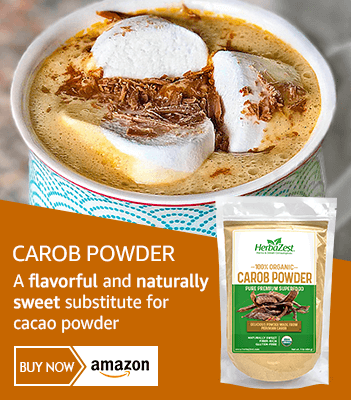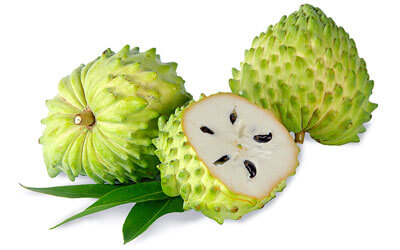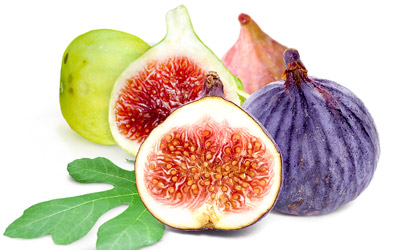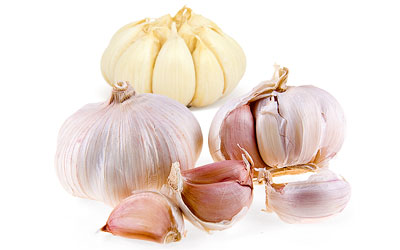Native to the Mediterranean region, particularly the Middle East, carob has been used as both a culinary ingredient and a medicinal herb for millennia. Nowadays, the tall, robust carob tree grows in warm regions around the world, and it is widely appreciated for its sweet flavor and nutritional content as well as for its healing properties.
Carob Medicinal Properties
Health Benefits of Carob
While carob pods and beans are popularly used a natural sweetener, their nutritional content and health benefits have also been widely studied. The most remarkable benefits of carob are:
Controlling cholesterol levels. Thanks to its astounding amounts of fiber, carob helps lower lipid levels, which makes it useful for preventing and treating hyperlipidemia.1
Alleviating constipation and diarrhea. Carob works as a mild laxative, helping digestion and regular bowel movements. It can also be useful for treating diarrhea.
- Improving male fertility. While the exact mechanism of action is not fully understood, carob may benefit male fertility by improving sperm motility and quality.2
Additionally, carob is highly satiating, which is very helpful for weight control as well as for controlling sugar intake.
How It Works
Carob is rich in beneficial compounds, mainly dietary fiber, polyphenols, and D-pinitol.
The fiber of carob is different from that of other sources because it contains generous amounts of both soluble and insoluble polyphenols. This particular combination of dietary fiber and polyphenols has been proven to decrease the glycemic response after meals and food cravings during the day.3 In fact, a study has shown that carob may help diabetics manage their condition.4
Carob's unique nutritional composition has also shown beneficial effects in individuals with hypercholesterolemia, helping reduce LDL cholesterol and triglycerides.
A wide variety of sugar compounds in carob includes not only the usual sucrose, glucose, and fructose, but also small amounts of many other sugars, particularly inositols. While the role of inositols in glucose metabolism is still controversial, they have been linked to lower insulin sensitivity as well as higher glucose tolerance; however, these negative actions seem to get counteracted by D-pinitol, a member of the inositol family and also a common carbohydrate type in legumes, which has been suggested to have insulin-like effects, improving glucose tolerance in people with type 2 diabetes.5,6
Herbs that share the hypocholesterolemic properties of carob are olives and walnuts, whereas mildly laxative effects can be obtained from psyllium and figs.
Carob Side Effects
Carob is considered safe for general consumption and no significant side effects have been reported. However, the pollen from carob trees is listed as an important allergen. Carob flour may cause asthma and rhinitis in sensitive people.
Carob may also alter blood sugar levels. People taking antidiabetic medications, such as insulin, need to be cautious about consuming carob and carob-containing products.7
PEOPLE ALLERGIC TO PEANUTS MAY ALSO BE SENSITIVE TO CAROB.
- Medicinal action Hypocholesterolemic, Laxative
- Key constituents Fiber, polyphenols, D-pinitol
- Ways to use Capsules, Hot infusions/tisanes, Liquid extracts, Powder, Resin, Syrup
- Medicinal rating (3) Reasonably useful plant
- Safety ranking Safe
Carob Nutrition
Although carob is better known for its sweet, pleasant flavor, it is also an outstanding source of dietary fiber and nutrients; the most abundant one is copper, a trace mineral that is essential for the production and transport of red blood cells; followed by potassium, necessary for normal cell function as well as heartbeat regulation, proper muscle and nerve function, and protein and carbohydrate metabolism. Carob also provides excellent amounts of calcium for strong bones; iron for preventing anemia by maintaining good levels of hemoglobin; and manganese, an important antioxidant agent that also contributes to bone health and plays an important role in the metabolism of carbohydrates, amino acids, and cholesterol.
Carob pods and seeds also contain good amounts of trace minerals, mainly zinc and selenium. Although the human body requires zinc in small amounts, it plays a major role in DNA and protein synthesis, cellular growth, and tissue repair as well as immune system maintenance. On the other hand, selenium is an essential component of various enzymes and proteins that help make DNA and protect against cell damage and infections; these proteins, known as selenoproteins, are also involved in reproduction and metabolism of thyroid hormones.
B-complex vitamins are also generous in carob, particularly B2 (riboflavin) and B6 (pyridoxine) as well as good amounts of B3 (niacin) and B9 (folate). B vitamins are essential for the functioning of a variety of enzymes and play a crucial role in releasing energy from carbohydrates and fat as well as in breaking down amino acids and transporting oxygen and nutrients through the body.
100 GRAMS OF CAROB FLOUR PROVIDE 222 CALORIES, WHICH ARE MAINLY COMPOSED OF DIETARY FIBER (159% DV), CARBOHYDRATES (30% DV), AND PROTEIN (9% DV).
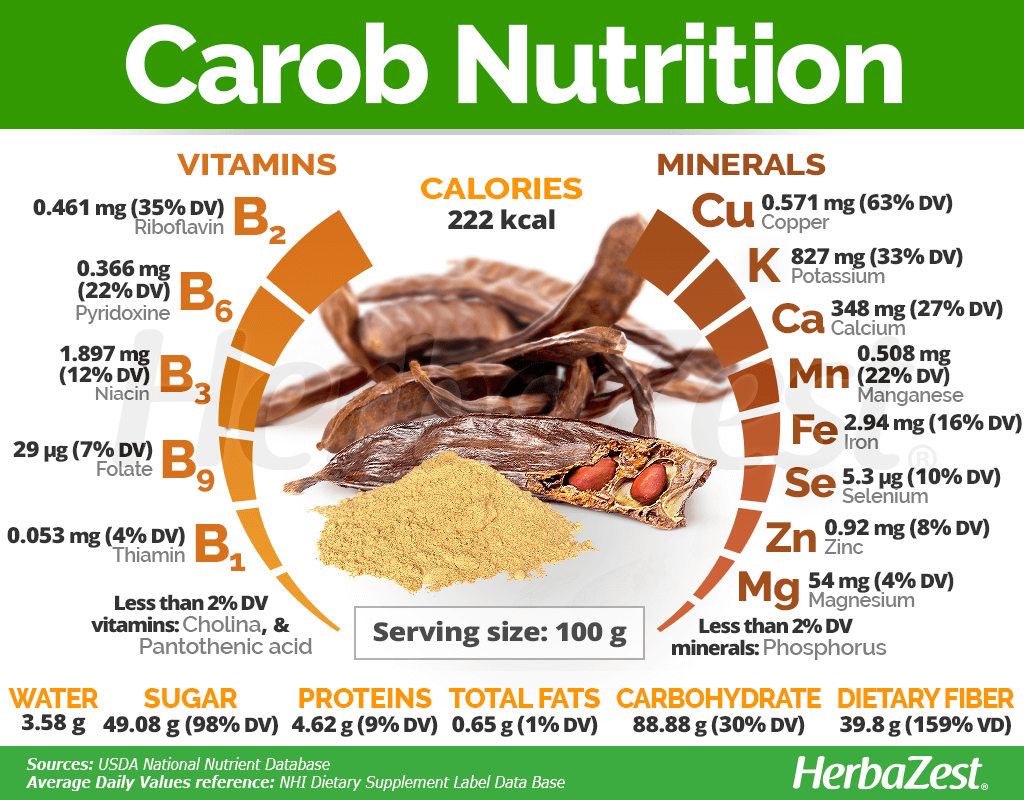
How to Consume Carob
Natural forms
Flour. Obtained from the roasted beans and pods, carob flour or powder adds important nutrients to shakes, ice cream, baked goods, and more. Naturally sweetened, carob is also a good substitute for sugar and chocolate.
Infusion. With a sweet, chocolate-like flavor, carob tea is made from the dried pods and seeds. Often advertised for weight control, diabetes, and digestive health, carob tea is also a good source of calcium.
Syrup. Carob syrup, obtained through a long boiling process, is particularly rich in antioxidants and minerals, such as copper, potassium, calcium, manganese, and iron, and can be used to sweeten and add nutritional value to desserts and shakes.
Gum. Also known as locust bean gum, this product is obtained from carob seeds and popularly used as a thickening agent in food.
Herbal Remedies & Supplements
Liquid extract. Carob seed extract is a highly concentrated preparation, mostly used to add flavor.
Capsules. The nutritional power and medicinal benefits of carob are concentrated in capsules, which are easy to take in standardized daily doses.
CAROB CHIPS ARE OFTEN USED AS A HEALTHY SUBSTITUTE FOR CHOCOLATE, GIVEN THEIR LIKENESS IN FLAVOR AND APPEARANCE AS WELL AS CAROB'S LACK OF THEOBROMINE, A STIMULANT COMPOUND FOUND IN CACAO BEANS.
- Edible parts Seed, Seedpod
- Edible uses Sweetener
- Taste Sweet
Growing
Due to its height and large canopy, the carob tree is more suitable for open fields and large gardens. It is a hardy species and can withstand a wide variety of conditions; however, it grows better in certain soils and temperatures.
Growing Guidelines
- Did you know?
The productive lifespan of a carob tree may be of 80 to 100 years.
The carob tree prefers dry environments and thrives at high temperatures in arid soils.
Hardy to USDA Zone 9, carob thrives under full sun in the same areas as citrus species. Mature trees can endure temperatures as low as 20°F (-6.67°C) during winter and as high as 104-122°F (40-50°C) in summer.
Carob trees tolerate a wide range of soils, from rocky to sandy, heavy loam or moderate alkaline soils, as long as they provide good drainage. Overwatering must be avoided since a constantly wet soil may cause foliar chlorosis.
Although budding and grafting techniques are applied in commercial cultivation, carob trees can be easily propagated by fresh seeds, which germinate quickly and may be sown directly in the field or in elevated beds and transplanted to large containers or nursery rows once they reach 12 in (30 cm) tall. When planting in the field, a good spacing is 30 ft (9 m) apart.
When planting female carob trees, one male should be included for every 25 or 30 females. However, bisexual species can also be cultivated.
Though drought tolerant, the carob tree must have at least some deep, but occasional watering during summer.
Carob pods must be harvested before winter rains. They are usually shaken down by using a long pole with a terminal hook to grasp the branches.
Once established, the carob tree may be susceptible to few pests and diseases. In warm climates, such as California, it can be attacked by scale insects, including the red scale, and young pods can be affected by fungus.
- Life cycle Perennial
- Harvested parts Fruit
- Light requirements Full sun
- Soil Light (sandy), Loamy sand, Well-drained
- Growing habitat Arid or desert regions, Coastal regions, Mediterranean region
Additional Information
Plant Biology
Carob, also known as St. John's Bread and Locust Bean, is a woody, evergreen perennial. This tall tree grows up to 30-40 ft. (10-12 m) and develops broad dark green and shiny leaves, 4-8 inches (10-20 cm) long, which grow in 3-7 leaflets. Flowers can be male and female, but sometimes they are perfect (having both male and female parts). Numerous, small flowers (about 6-12 mm long) start green and then turn bright red. The carob fruit is a compacted brown pod, straight or curved, 4-12 inches (10-30 cm) long, 0.5-1.5 inch (1.5-3.5 cm) wide, with a wrinkled surface and leathery when ripe in the fall.
Classification
Carob (Ceratonia siliqua) belongs to the large Fabaceae or legume family, home of 700 genera and about 17,000 species, including economically important crops such as alfalfa (Medicago sativa), bean (Phaseolus vulgaris), fenugreek (Trigonella foenum-graecum), licorice (Glycyrrhiza glabra), pea (Pisum sativum), chickpea (Cicer arietinum), lentil (Lens culinaris), lupine (Lupinus spp.), peanut (Arachis hypogaea), soy (Glycine max), tamarind (Tamarindus indica), and winged bean (Psophocarpus tetragonolobus).
Cultivars of Carob
The genus Ceratonia is considered the oldest one within the Fabaceae family, and the carob tree is the sole survivor of an extinct legume's genera. Depending on their type of inflorescences (which can be female, male, bisexual, or polygamous), over 59 carob cultivars have been identified only in California.
Historical Information
Carob's botanical name, Ceratonia siliqua, comes from the Greek word for horn, keras, and the Latin siliqua, which refers to the hardness and shape of the carob pods.
The carob tree is native to poor soils and dry lands of the Mediterranean. It was first cultivated in the Middle East and later valued by the ancient Greeks and Romans. Through the North African coast, it was brought to Spain and Portugal by the Arabs and introduced by the Spaniards to temperate areas of the New World, like California, Mexico, Peru, Chile, and Argentina. Likewise, Mediterranean merchants brought it to Australia, while English colonists disseminated it in South Africa and India.
Carob trees are still grown in the Mediterranean region, but only in the warmest areas near the coast and the neighboring islands of Cyprus, Crete, Sicily, Sardinia and Majorca. Producers in the Bari region of Italy on the Adriatic coast have long exported the pods to Russia and Central Europe.
During the 19th century, Prince Belmonte of the Province of Salerno, in Italy, popularized the use of carob as an ornamental tree, planting it in open fields and along avenues. By that time, thousands of carob trees were also used to reforest the Appenines.8
The common name of Ceratonia Siliqua, "carob," originates from the Hebrew word kharhuv, which became the Arabic karrhub (locust bean pod), followed by the Italian carrubo and French carrubier.
In North America, the carob tree is popularly known as "St. John's Bread," or "locust bean," in reference to a biblical passage that says St. John the Baptist sustained himself by eating "locusts" during his time in the desert.
Economic Data
The major producer of carob pods is Spain, where roughly 135 000 tons are harvested annually, followed by Italy, Portugal, Morocco, Greece, Cyprus, Turkey, and Algeria, among other countries that collectively contribute to a total world production of about 310 000 tons per year.
Other Uses of Carob
Ornamental. Carob is a beautiful, evergreen tree that provides ample shadow and is appreciated as a tall ornamental for large avenues, parks, and open fields.
Food. The gum of carob tree is highly appreciated as an industrial thickener for commercial food products.
Personal care. Carob gum is also a common ingredient in cosmetics.
Industry. Carob gum is used in pharmaceutical products, detergents, paint, ink, shoe polish, adhesives, sizing for textiles, photographic paper, insecticides, and match heads.
Fodder. A flour made from the carob seeds is used as a supplement in cattle diet.
- Other uses Animal feed, Cosmetics, Fuel, Furniture/carpentry
Sources
- Arizona State University, Ceratonia siliqua
- Carob tree: Ceratonia siliqua L. - Promoting the conservation and use of underutilized and neglected crops, pp. 9-14
- Cereal Foods World, Carob fiber benefits and applications, 2002
- Comprehensive Reviews in Food Science and Food Safety, Carob Kibble: A Bioactive‐Rich Food Ingredient, 2015
- Fruits of Warm Climates, Carob pp.65-69
- Harvard T.H. Chan - School of Public Health, The Nutrition Source
- Oregon State University, Landscape Plants, Ceratonia siliqua
- University of Redlands, Species Accounts, Carob tree
- Plant Foods for Human Nutrition. (2010). Insoluble Carob Fiber Rich in Polyphenols Lowers Total and LDL Cholesterol in Hypercholesterolemic Subjects. Retrieved February 24, 2022 from https://www.researchgate.net/publication/41112875_Insoluble_Carob_Fiber_Rich_in_Polyphenols_Lowers_Total_and_LDL_Cholesterol_in_Hypercholesterolemic_Sujects
- Reproductive Sciences. (2020). Comparison of the Effect of Ceratonia siliqua L. (Carob) Syrup and Vitamin E on Sperm Parameters, Oxidative Stress Index, and Sex Hormones in Infertile Men: a Randomized Controlled Trial. Retrieved February 24, 2022 from https://pubmed.ncbi.nlm.nih.gov/32959223/
- Nutrition. (2017). Short-term effects of a low glycemic index carob-containing snack on energy intake, satiety, and glycemic response in normal-weight, healthy adults: Results from two randomized trials. Retrieved August 20, 2020 from https://www.sciencedirect.com/science/article/abs/pii/S0899900717301077 .
- Journal of Functional Foods. (2018). Effects of bran size and carob seed flour of optimized bread formulas on glycemic responses in humans: A randomized clinical trial. Retrieved February 24, 2022 from https://www.sciencedirect.com/science/article/abs/pii/S1756464618301841
- Purdue University. (n.d.). Relationships among inositols, glucose tolerance, insulin sensitivity, and tyrosine phosphorylation of the insulin receptor. Retrieved August 20, 2020 from https://docs.lib.purdue.edu/dissertations/AAI3291068/
- International Journal of Food Properties. (2014). Relationship Between Sugar Profile and D-Pinitol Content of Pods of Wild and Cultivated Types of Carob Bean (Ceratonia siliqua L.). Retrieved August 20, 2020 from https://www.tandfonline.com/doi/full/10.1080/10942912.2011.631255
- Natural Standard Herb & Supplement Guide - E-Book: An Evidence-Based Reference. (2010). Retrieved August 20, 2020 from https://books.google.com.pe/books?id=WB8PDQAAQBAJ&pg=PA195&dq=carob+side+effects&hl=en&sa=X&ved=2ahUKEwj6_L3FiKjrAhUxnOAKHXb1C7sQ6AEwAHoECAUQAg#v=onepage&q=carob%20side%20effects&f=false
- Fruits of Warm Climates. (1987). Carob. Retrieved from August 20, 2020 https://hort.purdue.edu/newcrop/morton/carob.html
